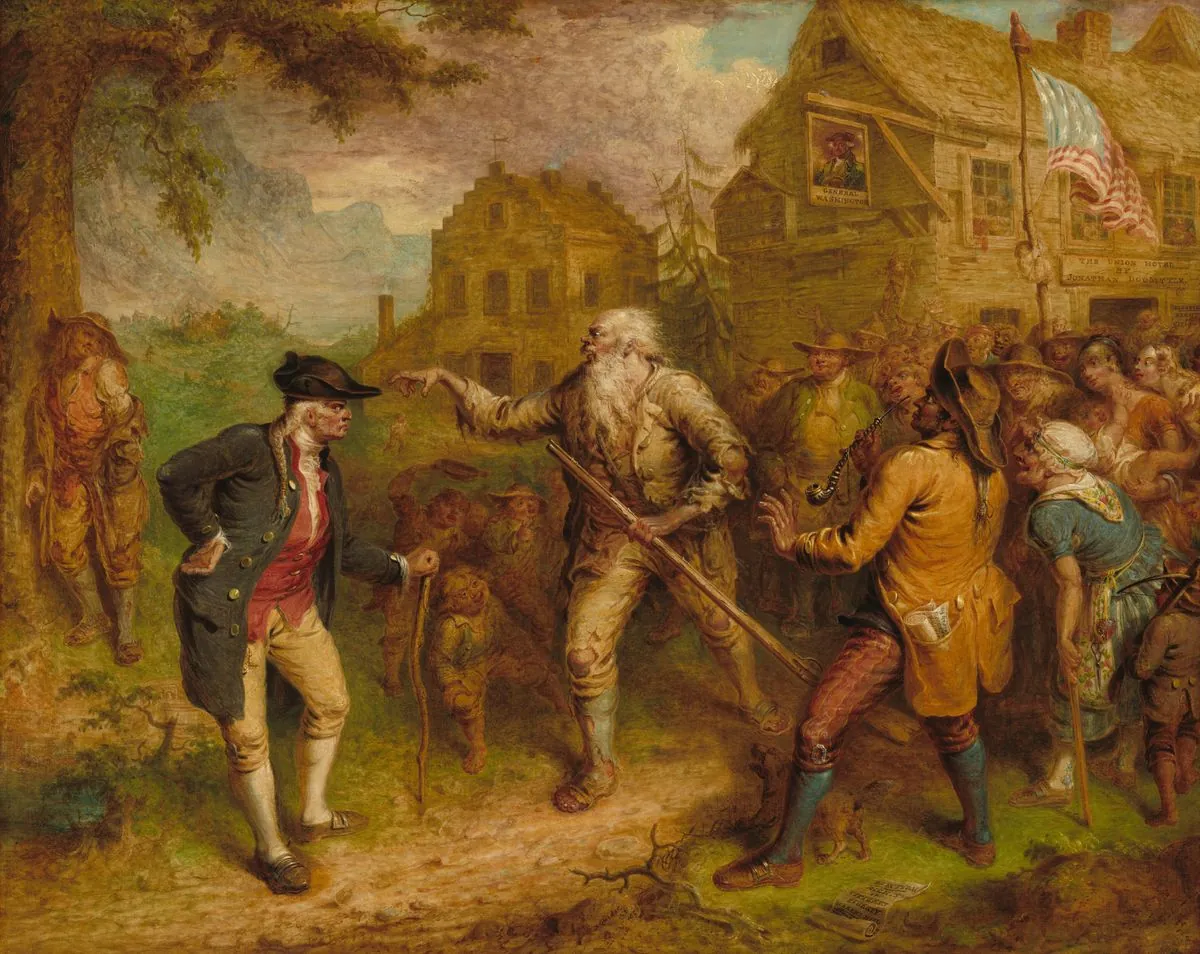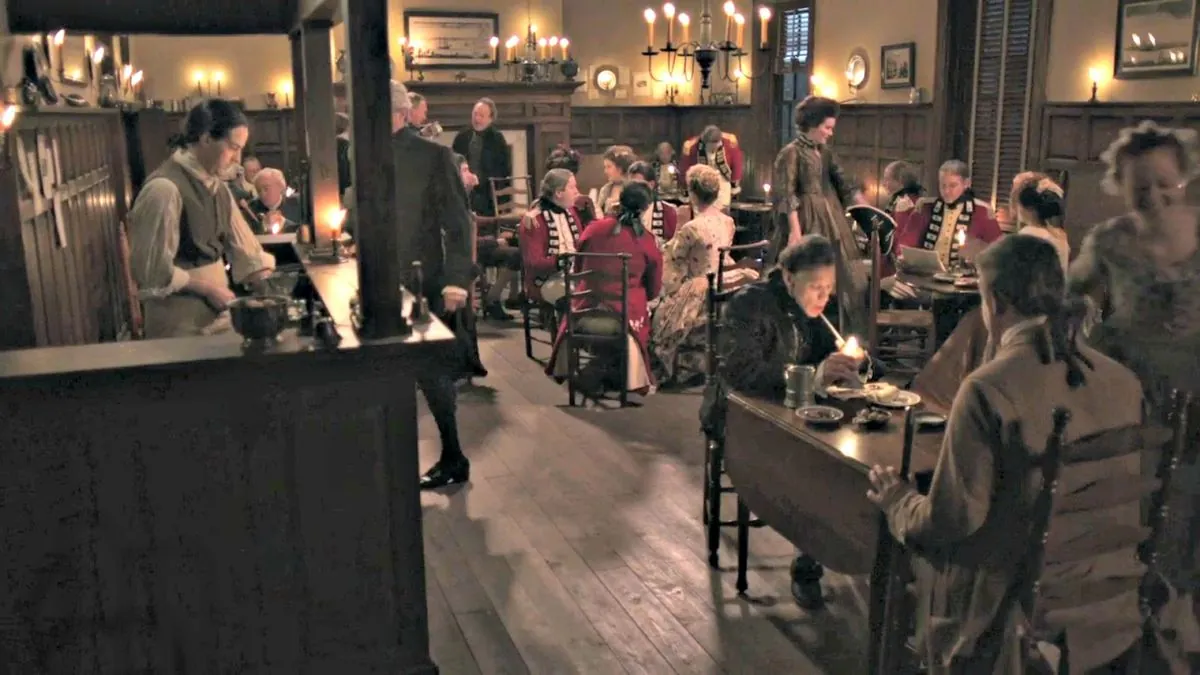AI Explores Rip Van Winkle's 20-Year Hotel Stay: A Blend of Art and Technology
An exploration of Rip Van Winkle's tale through AI, art, and modern hotel practices. The article humorously examines the implications of a 20-year hotel stay, revealing AI's capabilities and limitations.

In a unique blend of art, literature, and technology, we delve into the peculiar world of Rip Van Winkle, inspired by John Quidor's 1849 painting "The Return of Rip Van Winkle". This exploration, set against the backdrop of a Rip Van Winkle Motel in Warrenton, Virginia, raises intriguing questions about the intersection of historical fiction and modern hospitality.
Washington Irving's tale, published 205 years ago, has become a cultural touchstone, inspiring everything from motels to bridges. The story, set in the Catskill Mountains, follows Van Winkle's 20-year slumber, during which he misses the American Revolution. This narrative has been interpreted as a metaphor for the rapid changes in post-Revolutionary American society.
Utilizing AI to answer questions about Van Winkle's hypothetical hotel stay yields both entertaining and unreliable results. For instance, AI suggests that a 20-year stay in an 18th-century inn might cost approximately $25,000 in today's currency. However, historical accuracy is questionable, as Cathleene B. Hellier, senior historian at the Colonial Williamsburg Foundation, provides more nuanced insights into 18th-century lodging practices.

The article humorously explores modern hotel loyalty programs in the context of Van Winkle's extended stay. According to AI calculations, Van Winkle might have earned enough points for several nights at luxury resorts. However, John Wolf from Marriott's public affairs office clarifies the complexities of point redemption for extended stays.
"If depicting Rip waking up inside the hotel, Quidor might show period-appropriate furnishings and decor of a Virginia inn, rather than the outdoor tavern scene in the original painting."
This exploration reveals AI's current limitations in creative interpretation and complex scenario analysis. While AI can provide factual information and basic calculations, it struggles with nuanced, imaginative tasks that blend historical context with modern concepts.
The story of Rip Van Winkle continues to captivate, serving as a lens through which we can examine societal changes, technological advancements, and the enduring power of American literature. As we ponder the implications of a 20-year hotel stay, we're reminded of the tale's themes of change, identity, and the passage of time – themes that resonate even in our AI-assisted explorations.


































